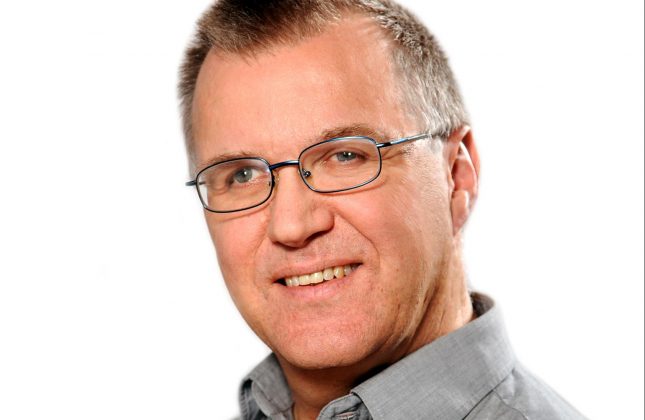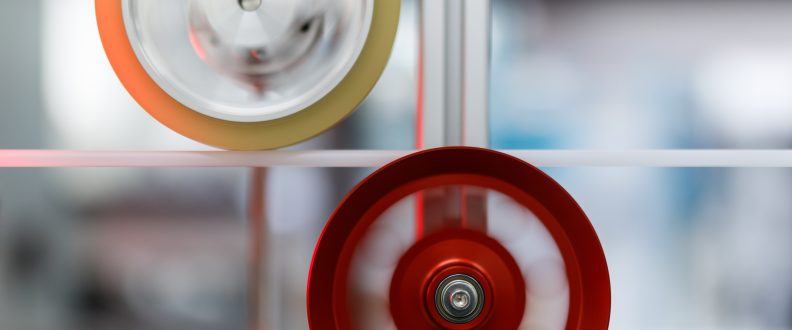The short answer is No. Each method of extrusion has its advantages and challenges. In this article, we will look at how the two extrusion methods compare in the context of PTFE extrusion.
PTFE fine powder tubing is manufactured in a paste extrusion process that can be done horizontally or vertically. In order to achieve full PTFE properties, the product needs to be dried and sintered right after extrusion. The most common method of extrusion for PTFE tubing is to extrude horizontally and then dry and sinter vertically. However, it can only be used to produce tubing of smaller sizes up to approximately 25mm. This method has a lower overall production cost, and thus is the most preferred method of extrusion at most production facilities.
However, when it comes to tubing with outer diameter sizes of above 25 mm or thin wall thicknesses, the horizontal extrusion with vertical sintering method is no longer suitable. Unsintered PTFE is extremely fragile and highly prone to crack when bent or exposed to mechanical force. There have been different approaches that advanced extrusion facilities have taken to solve this problem. The most obvious one is to make the entire extrusion line horizontal. However, drying and sintering horizontally could be complicated if not implemented properly.
Another solution that is more commonly used globally is to place the extruder vertically aligned with the drying and sintering ovens. This means that the extruder is located on top of the extrusion line, and it extrudes downwards. The extruded tubing will also be dried and sintered on its way down to the take-up point at the floor level. This solution is ideal for extruding both large sized tubing of up to 80mm in diameter and small sized tubing with extremely thin wall such as medical PTFE liner with wall thickness of 0.05 mm.
The core advantage of vertical extrusion is the elimination of force on the unsintered PTFE which prevents the tubing from cracking regardless of how thin the wall thickness is. The application of vertical extrusion opens the possibility to produce a range of products that were not previously possible with a horizontal extruder.
There is, however, one drawback with vertical extrusion. The construction costs for a vertical extrusion line can be steep. An extruder line for large outer diameter tubing needs to be positioned at least 20 meters from the floor. Additional special equipment for loading and controlling the extrusion line is also required and could increase the total investment costs. This is why vertical extrusion is still a specialty of only a few global advanced extrusion houses in the market.
At Optinova, we employ both horizontal and vertical extrusion methods in our production facilities. Our over 50 years of accumulated knowledge and experience in the advanced extrusion industry allows us to identify the most suitable method of extrusion for our partners’ tubing needs. We produce PTFE tubing solutions from all four of our production facilities in Finland, Thailand and the US. The versatility and uniqueness of PTFE material properties make it ideal for a range of product applications, both medical and industrial.

Over 50 years of experience serving hundreds of long-term partners, Optinova’s reputation for quality and consistency has been an industry standard that we work hard to maintain every day.
Jan-Owe Mattsson, Senior Advisor Fluoropolymers, Optinova Innovation Center
Medical Tubing
From IV tubing to medical-grade heat shrink, we provide customers with the broadest, most versatile tubing solutions for different medical applications.
Industrial Tubing
By combining unique polymer properties with advanced production processes, our industrial tubing can handle fluid and gas in the most challenging environments.
Technology
Together with our partners, we constantly strengthen our position as innovation leader in the industry.
